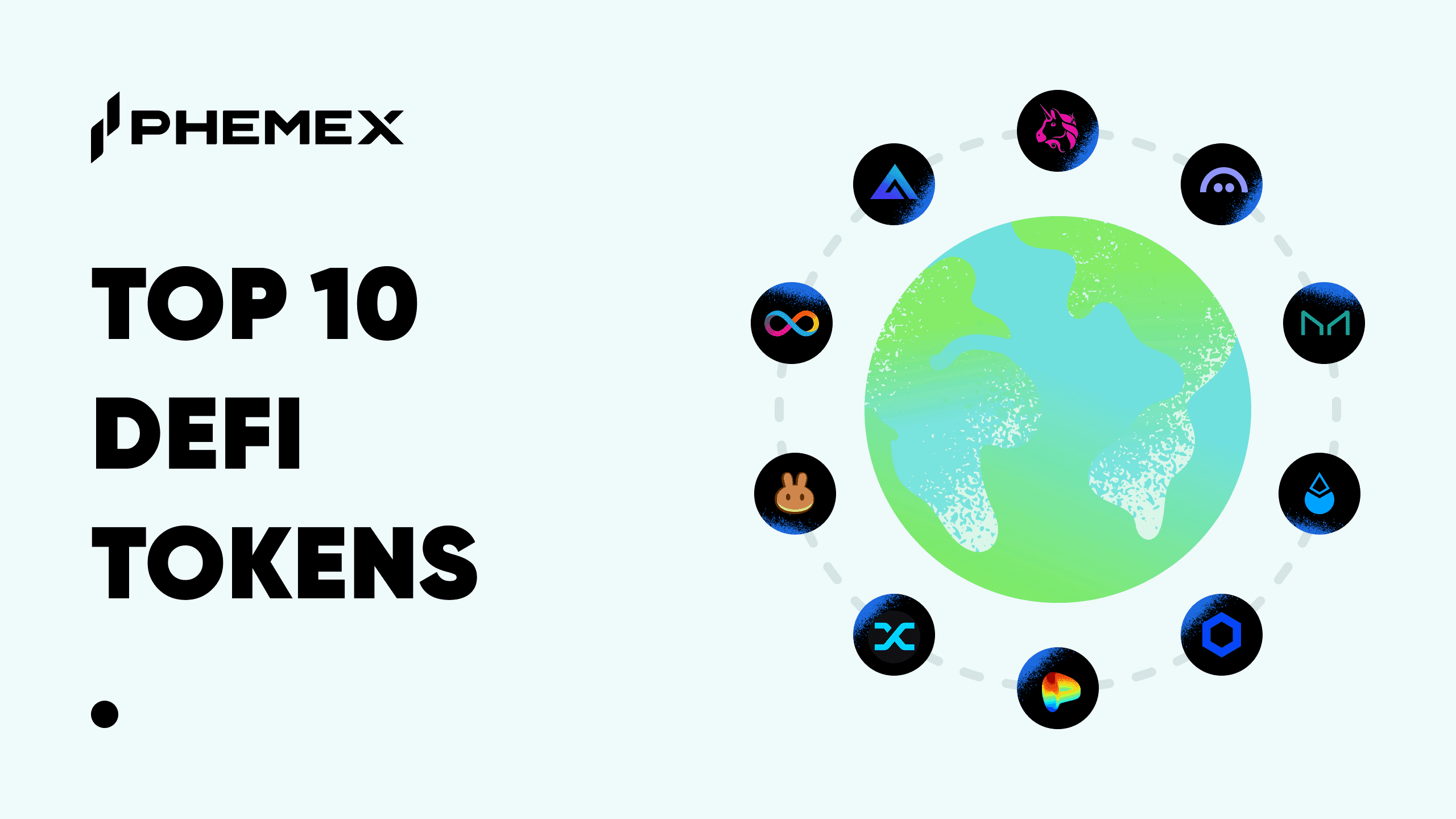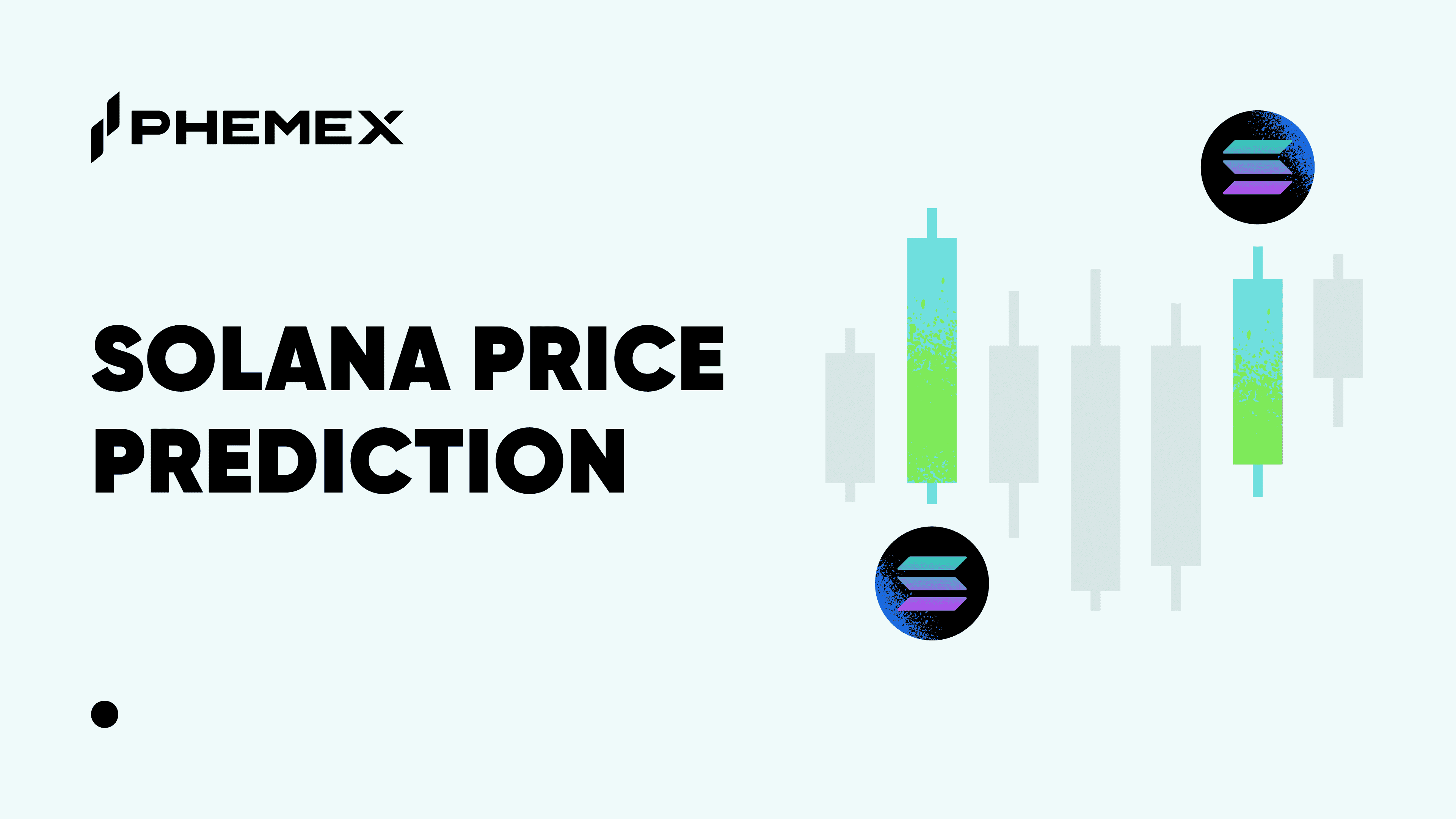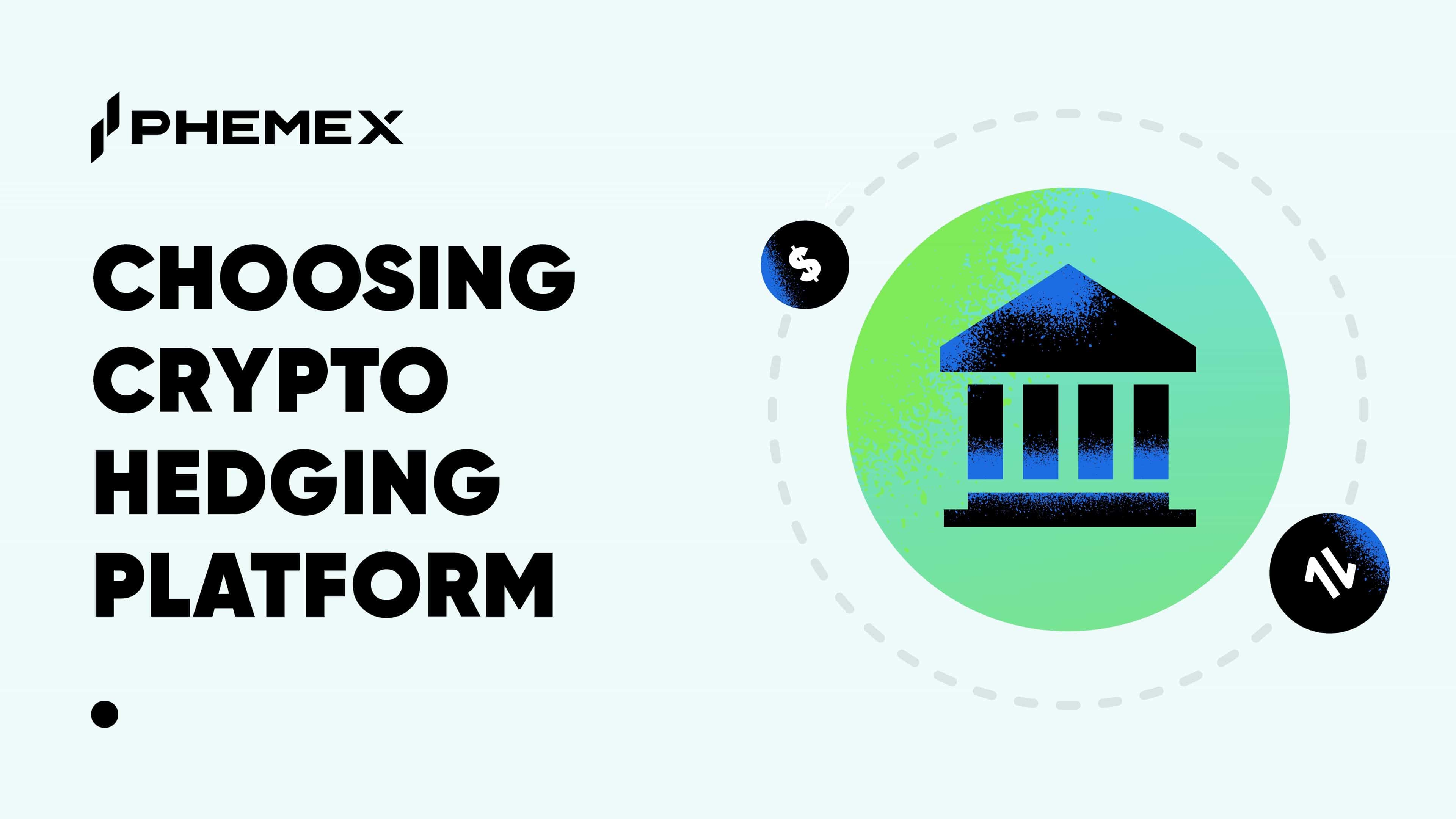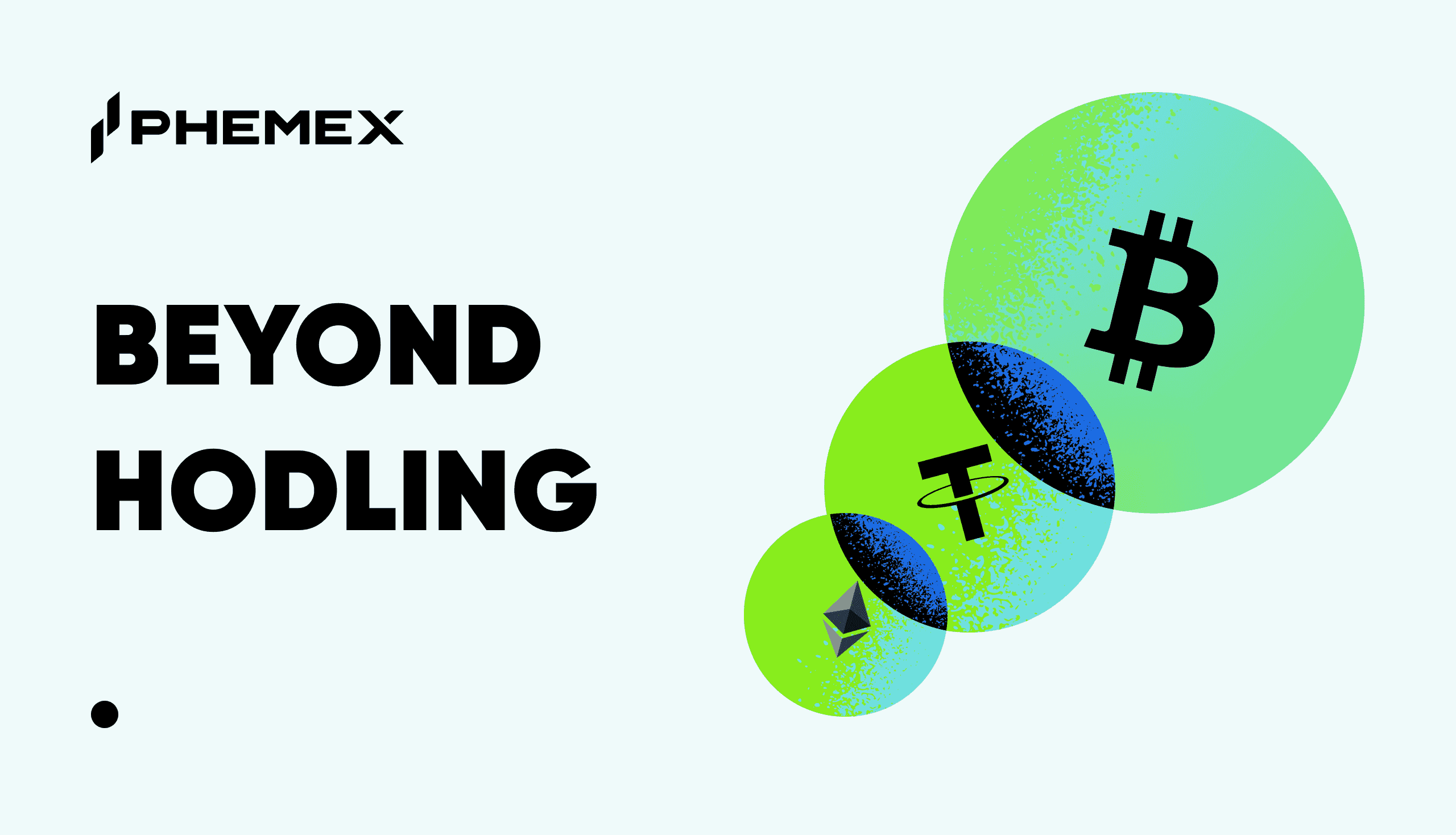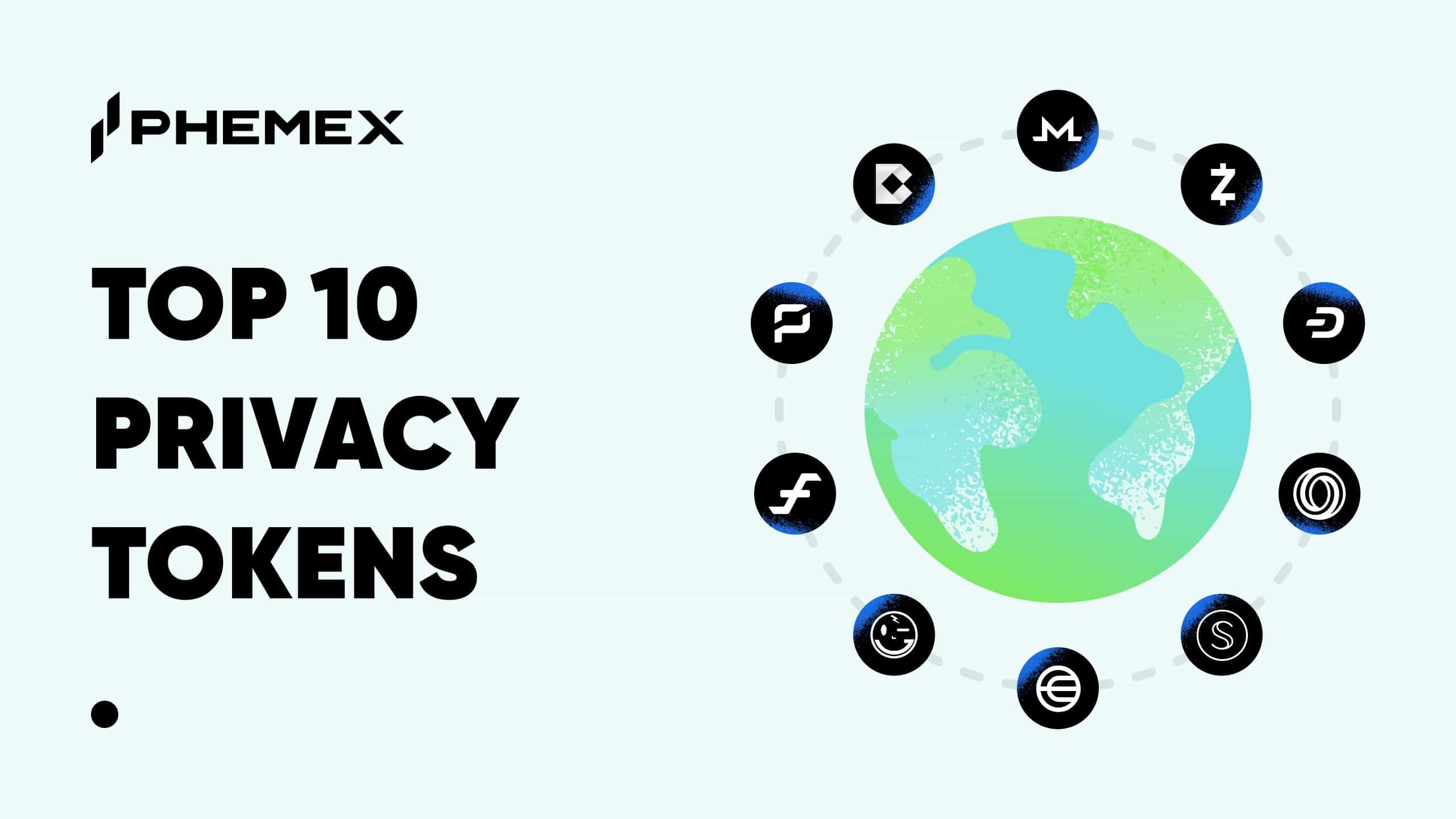Originally, DeFi referred to decentralized finance applications that run on top of the Ethereum public blockchain. However, it now encompasses a multitude of financial products that are available on other public decentralized blockchain networks as well.
At its core, DeFi applications seek to eliminate intermediaries in support of trustless, transparent, and immutable transactions between anonymous parties. The first cryptocurrency item that maintained this core philosophy is Bitcoin. Thus, Bitcoin can be said to be the first “DeFi coin.”

Since Bitcoin’s creation, hundreds of new cryptocurrency coins have come to the surface. However, many of these cryptocurrencies have distinct purposes and functions. For example, there are privacy coins to use anonymously, exchange tokens to use on central exchanges, stablecoins to use as a volatility hedge, and “DeFi coins” to use in decentralized finance activities.
What Is A DeFi Coin?
A DeFi coin is a cryptocurrency coin or token that is used to engage in the DeFi economy. More specifically, a DeFi coin is a cryptocurrency that is used on decentralized exchanges, in liquidity pools, for yield farming, lending, asset management, digital wallets, and NFTs. Because there are a plethora of DeFi services on the market, this also means there are an equivalent number of DeFi coins and tokens.
Is Bitcoin A DeFi Coin?
Although Bitcoin is technically a DeFi coin, mainly because it began the general diversification movement away from CeFi (centralized finance) to DeFi (through the use of a decentralized peer-to-peer payments network), it is no longer used in reference to pure DeFi. This is because Bitcoin is not compatible with Ethereum, and thus it is not used on decentralized exchanges, liquidity aggregators, yield farming tools, and lending protocols.
However, Wrapped Bitcoin (WBTC), on the other hand, which is a Bitcoin backed 1:1 ERC20 token, can be used on Ethereum platforms. It can also be used in the DeFi marketplace for a variety of actions like trading, staking, and exchanging. This is what allows Bitcoin holders to get involved in DeFi.
Difference Between A DeFi Coin & A DeFi Token
The difference between a coin and a token is that a DeFi coin runs on its own blockchain, hence, it is a native asset, while a DeFi token is a cryptocurrency token that is built on an existing blockchain, using a standard such as ERC (for the Ethereum blockchain), BEP, TRC, OMNI, SPL, etc.
Top DeFi Coins & DeFi Tokens
The top DeFi cryptocurrencies by market cap and some of the more popular DeFi coins and tokens include Uniswap (UNI), Terra (LUNA), Avalanche (AVAX), Dai (DAI), and Aave (AAVE).
What DeFi Categories Are Coins & Tokens Used For?
1 Decentralized Exchanges (DEXs)
A large makeup of the DeFi market are decentralized exchanges (DEXs), which currently have $29 billion dollars in total value locked. DEXs are where investors and traders can freely trade between various cryptocurrencies. Some of the top DEXs include Curve Finance, Uniswap, SushiSwap, Balancer, and Bancor.
The platform coins for these DEXs, which include UNI, CRV, SUSHI, BAL, and BNT, are DeFi tokens since they are all built on the Ethereum blockchain.
2 Lending
Some of the top DeFi lending protocols include Aave, Maker, and Compound, which allow users to borrow assets, earn interest on deposits, and engage in loans. Each of these lending protocols has its own corresponding DeFi tokens.
3 Derivatives
Synthetix is a decentralized synthetic asset platform that provides on-chain exposure to real-world currencies, commodities, stocks, and indices. dYdX is a decentralized exchange that offers complex financial instruments to its users such as perpetuals, margin and spot trading, as well as lending and borrowing.
4 Asset Management
Two popular decentralized asset management platforms include Convex Finance and Yearn Finance. Both these DeFi asset platforms offer multiple uses, such as liquidity provision, lending, insurance, yield farming, and vaults.
In summary, since DeFi is such a huge, constantly growing and evolving field, it’s impossible to lay out all the existing DeFi services categories. Hence, it’s just as difficult a task to label all the DeFi coins and tokens.
The chart below contains a classification table for the top DeFi coins and top DeFi tokens that investors, traders, and researchers should all know. It seeks to provide a simplified way to look at some the exciting projects going on in the DeFi space, their matching DeFi coin, token type, and use case.
| Popular DeFi Cryptocurrencies, Type, and Use | |||
| Project Name | Classification | Type | Uses |
| Ethereum (ETH) | Coin | Native | Payments, Work |
| Terra (LUNA) | Coin | Native | Payments, Vote |
| Uniswap (UNI) | Token | ERC20 | Vote |
| Chainlink (LINK) | Token | ERC20 | Payments, Work |
| Dai (DAI) | Token | ERC20 | Stablecoin |
| Curve DAO Token (CRV) | Token | ERC20 | Vote |
| Avalanche (AVAX) | Coin | N/A | N/A |
| Fantom (FTM) | Coin | BEP2, ERC20, Native | Payments, Vote |
| Tezos (XTZ) | Coin | Native | Vote |
| Serum (SRM) | Token | ERC20, SPL | Discount, Dividends, Vote |
| PancakeSwap (CAKE) | Token | BEP20 | Vote |
| Aave (AAVE) | Token | ERC20 | Discount, Payments |
| Maker (MKR) | Token | ERC20 | Vote |
| Compound (COMP) | Token | ERC20 | Vote |
| SushiSwap (SUSHI) | Token | ERC20 | Dividends, Vote |
| Convex Finance (CVX) | Token | ERC20 | Governance |
| Yearn Finance (YFI) | Token | ERC20 | Governance |
| dYdX (DYDX) | Token | ERC20 | Vote, Discount |
| Raydium (RAY) | Token | SPL | Dividends, Vote |
| Synthetix (SNX) | Token | ERC20 | Work |
What Are The Best DeFi Coins To Buy?
Investing in DeFi is a risky endeavor for many investors, even for experienced crypto traders. However, despite the risks, it’s still without a doubt an exciting ecosystem to invest in, allowing you to make gains that cannot be realized in the traditional markets. The table below shows some of the top-performing DeFi coins and tokens for 2021.
Going by year-to-date (YTD) numbers up until October 15, 2021, some of the best YTD DeFi tokens to invest in include Terra (LUNA), which grew by over 6000%, PancakeSwap (CAKE), which grew by over 3000%, and Serum (SRM), which grew by over 600%. But YTD numbers don’t give investors the full picture, nonetheless, even going by 3-month timeframes, many DeFi tokens have still performed very bullishly. For example, some of the best DeFi coins to invest in as of late include Terra (LUNA), Uniswap (UNI), Sushi (SUSHI), and dYdX (DYDX).
| Cryptocurrency | YTD ROI | 3-Month |
| Terra (LUNA) | 6031% | 472% |
| Uniswap (UNI) | 379% | 57.7% |
| Chainlink (LINK) | 142% | 72.7% |
| PancakeSwap (CAKE) | 3151% | 53.3% |
| Aave (AAVE) | 240% | 17.5% |
| Maker (MKR) | 319% | 4.1% |
| Sushi (SUSHI) | 263% | 49% |
| Compound (COMP) | 105% | -20% |
| Synthetix (SNX) | 30% | 8.4% |
| dYdX (DYDX) | 88% | 63% |
| Yearn Finance (YFI) | 56% | 28.8% |
| Serum (SRM) | 650% | 179% |
These are technically the lesser-known DeFi coins and tokens (not including the OG cryptocurrencies Bitcoin and Ethereum). Ethereum, being one of the nerve centers for DeFi, has also seen solid gains and market momentum as of late. Moreover, with its improvements and planned network upgrades, we may see $10,000 Ethereum sooner than later.
Conclusion
DeFi is a really exciting financial ecosystem to invest in. This is because it has many market subsets with different services and offerings, such as lending, borrowing, staking, yield farming, NFTs, wallets, etc. Many DeFi cryptocurrencies have also risen tremendously since DeFi summer 2020. What’s more inspiring is that the market for DeFi coins and tokens is only growing, and the value for many DeFi projects is also increasing. For investors looking to gain exposure to DeFi, many of the projects above can be good starting points to research.







